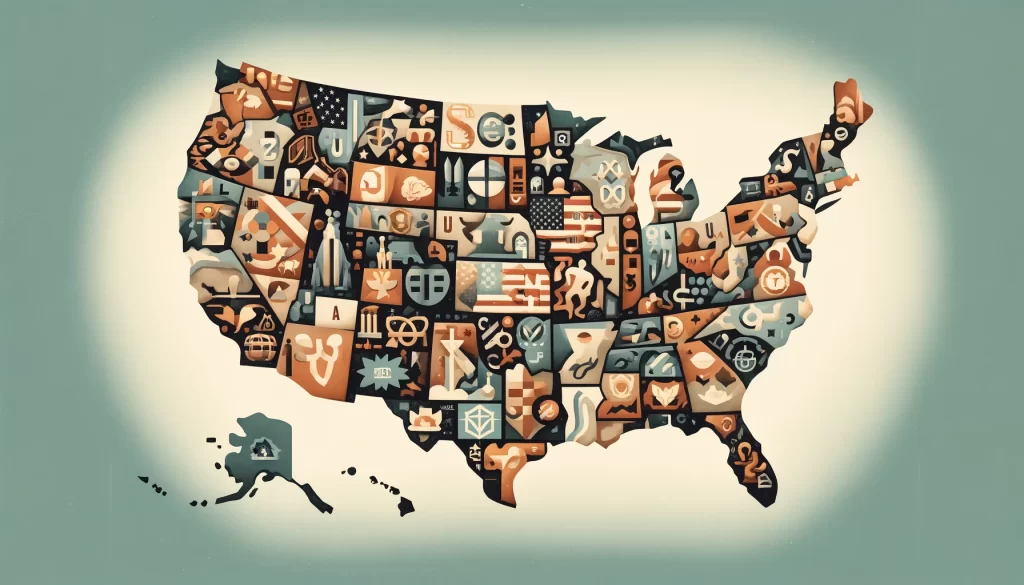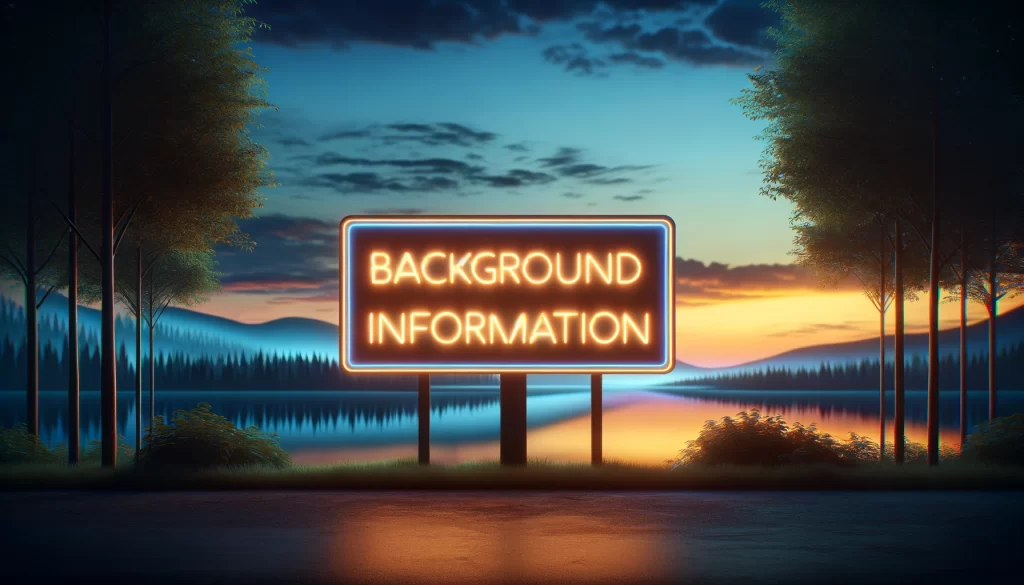On Monday, former President Donald Trump announced that decisions on abortion should be the responsibility of individual states rather than being mandated by a nationwide ban. This announcement diverges from the expectations of many of his supporters, who anticipated him to advocate for a federal prohibition on abortion.
Trump elaborated on his stance via a video on his social media platform, Truth. He mentioned, “My view is now that we have abortion where everybody wanted it from a legal standpoint, the states will determine by vote or legislation or perhaps both, and whatever they decide must be the law of the land. In this case, the law of the state.” This remark came after a period of speculation and anticipation about where he stood on the abortion debate, which is a highly discussed topic within the Republican Party, especially as Trump is seen as a leading figure for the GOP’s nomination for president.
Leading up to this announcement, Trump hinted he might support a 15-week federal abortion ban, causing further curiosity about his abortion policy plans. His decision to leave the issue to states comes as several Republican-led states have been imposing stricter abortion regulations. For instance, the Florida Supreme Court recently approved a six-week abortion ban to start on May 1, a point in pregnancy when many women may not even realize they are pregnant.
Trump also took credit for the U.S. Supreme Court’s decision to overturn Roe v. Wade, a landmark 1973 ruling that established women’s constitutional right to abortion. He attributed this shift to his appointment of three justices to the Supreme Court, resulting in a conservative supermajority. However, his video contained inaccuracies, including misleading statements about legal opinions on Roe v. Wade and the Democratic Party’s views on abortion.
The delay in Trump’s announcement reflects the Republican Party’s ongoing struggle to present a unified stance on abortion. Trump’s nuanced position seems to aim at appealing to a wide range of voters, indicating the complex dynamics within the party and among the electorate. He encouraged voters to “follow your heart” on abortion, a gesture towards those with stricter views on the matter, while also acknowledging the necessity of winning elections, hinting at the broader unpopularity of restrictive abortion policies among the general public.

Post the Roe v. Wade overturn in 2022, several states have seen voters supporting more liberal abortion rights through ballot measures, even in traditionally conservative states. This trend has put Republican candidates in a challenging position as they navigate the expectations of their base while attempting to attract moderate voters.
The response to Trump’s announcement from anti-abortion groups has been mixed. Marjorie Dannenfelser, president of Susan B. Anthony Pro-Life America, expressed deep disappointment, criticizing Trump for relinquishing the national debate on abortion to Democrats by framing it as a state issue. Conversely, Students for Life of Action offered a more measured response, acknowledging Trump’s anti-abortion stance but expressing hope that he might adopt more restrictive policies in the future.
Abortion remains a pivotal issue as the 2024 presidential election approaches, with several states, including Florida, planning to include abortion-related ballot measures in the November elections. These measures could influence voter turnout, particularly among those who support abortion rights, potentially benefiting Democratic candidates.
The Biden campaign has seized on Trump’s remarks, highlighting his role in the overturning of Roe v. Wade and suggesting that a re-elected Trump might sign a national abortion ban into law if presented with the opportunity by Congress.
This article is based on the following article:
https://www.npr.org/2024/04/08/1243363396/trump-abortion

Background Information
By understanding these background elements, readers can better appreciate the complexities and nuances of the abortion debate in the United States and the significance of recent developments in shaping the country’s political landscape.
1. What is Abortion?
Abortion is a medical procedure that ends a pregnancy. It has been a topic of ethical, moral, religious, and legal debate for decades. Positions on abortion often fall into two main categories: “pro-life,” favoring the right of the unborn child, and “pro-choice,” supporting a woman’s right to choose whether to continue a pregnancy.
2. Roe v. Wade: A Landmark Decision
In 1973, the U.S. Supreme Court ruled in the case of Roe v. Wade that the Constitution protects a woman’s right to have an abortion without excessive government restriction. This decision established a legal precedent that allowed for abortion rights across the United States, with some limitations based on pregnancy trimesters.
3. The Supreme Court’s Role
The Supreme Court, the highest court in the U.S., plays a crucial role in interpreting the Constitution. Its decisions on cases can set nationwide legal standards. Justices appointed to the Supreme Court can significantly influence its direction on key issues, including abortion.
4. Political Parties and Abortion
The Republican and Democratic parties have generally taken opposing stances on abortion. Most Republicans identify as “pro-life,” advocating for more restrictions on abortion. Most Democrats identify as “pro-choice,” supporting less restrictive access to abortion services.
5. State vs. Federal Laws
In the U.S., laws can be made at both the state and federal levels. While federal laws apply across the entire country, state laws can vary greatly. This means that on contentious issues like abortion, some states might have more restrictive or more permissive laws than others.
6. Abortion Rights Movements
Both “pro-life” and “pro-choice” movements are active in the U.S., advocating for policies that align with their views. These movements exert influence through lobbying, public campaigns, and by swaying public opinion.
7. Recent Trends and the Overturn of Roe v. Wade
There has been a push in some states to restrict abortion rights, leading to laws that challenge the Roe v. Wade precedent. In 2022, the Supreme Court overturned Roe v. Wade, meaning that abortion rights were no longer federally protected and states could set their own abortion laws.
8. Political and Public Reaction
The decision to overturn Roe v. Wade has intensified the debate around abortion, influencing voter opinions, state legislation, and national politics. Political figures and parties are navigating this issue carefully, understanding that their stance could significantly impact their support base.
9. Importance of Voter Influence
State-level ballot measures and the positions political candidates take on abortion can influence voter turnout and election outcomes. This dynamic makes abortion not just a legal issue, but a significant electoral one as well.

Debate/Essay Questions
- Can the debate on abortion be framed as a question of human rights? If so, whose rights should take precedence, and how should those rights be balanced?
- The article mentions that Trump’s video contained multiple lies and mischaracterizations about abortion and Roe v. Wade. How should such public display of untruthful information be addressed by society? Are there legal, social, and/or institutional remedies in a democratic country like the United States?
Please subscribe to Insight Fortnight, our biweekly newsletter!
